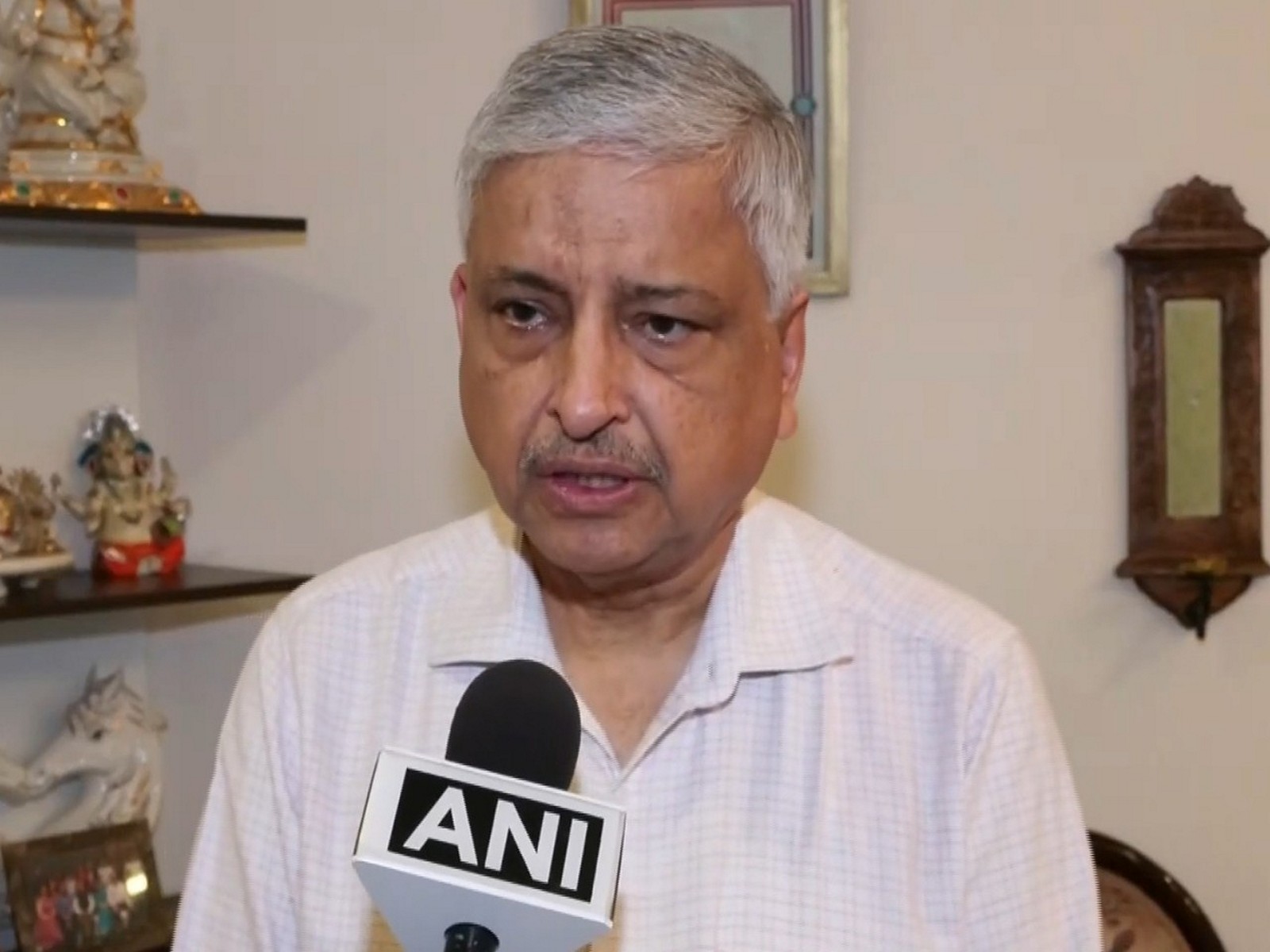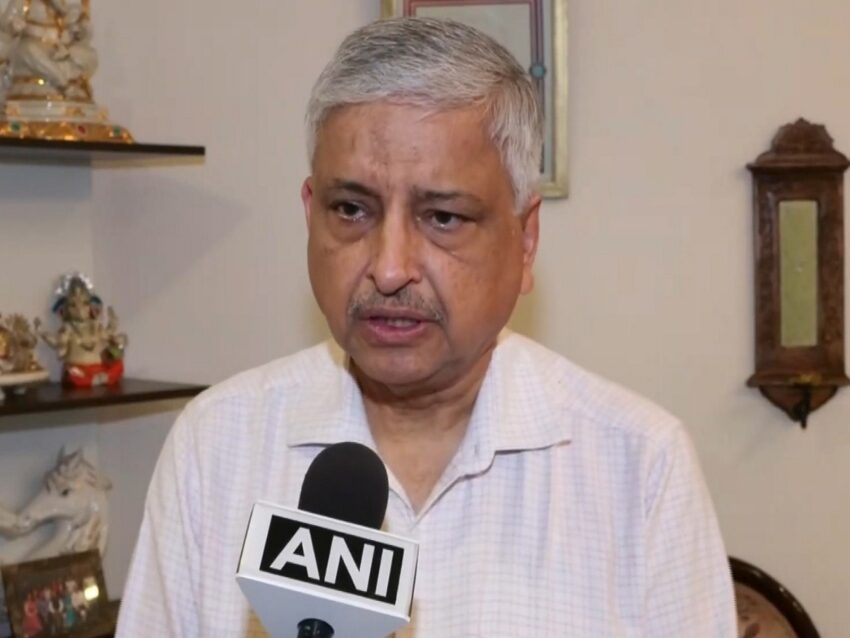
New Delhi [India], October 24 (ANI): As air quality levels in Delhi dipped into the ‘poor’ and ‘very poor’ categories on Friday morning, former AIIMS Director Dr Randeep Guleria cautioned residents about the serious health implications of rising pollution and urged preventive measures to minimise exposure.
Speaking to ANI, Dr Guleria said, “The current high levels of air pollution, indicated by poor AQI, are leading to acute health effects, particularly among individuals with underlying heart or lung conditions, the elderly, and young children. These groups are experiencing increased chest discomfort, breathing difficulty, cough, and worsening of pre-existing conditions like asthma and COPD.”
He added, “Even healthy individuals are reporting symptoms such as nasal stuffiness, throat pain, chest tightness, and coughing. The inflammation and narrowing of airways caused by pollutants are contributing to these issues. Additionally, the use of crackers, despite permissions for ‘green crackers,’ has exacerbated air pollution.”
Emphasising preventive steps, Dr. Guleria advised, “Preventive measures include monitoring AQI, avoiding outdoor activities during early morning and late evening, wearing N95 masks when going out, staying hydrated, consuming fresh fruits and vegetables, and limiting outdoor exercise. Children, who are more vulnerable due to higher respiratory rates, should also limit outdoor play to afternoons or engage in indoor activities. Early consultation with a doctor for any worsening symptoms is advised.”
Meanwhile, the Air Quality Index (AQI) in Delhi and its National Capital Region (NCR) continued to fluctuate across categories on Friday morning, with several areas recording ‘poor’ to ‘severe’ levels despite Stage 2 of the Graded Response Action Plan (GRAP) being in place.
According to the Central Pollution Control Board (CPCB), the overall AQI in the national capital stood at 292 as of 8 am. South-west Delhi’s RK Puram recorded an AQI of 316, while Patparganj reported 323. Other areas such as Bawana (347), Burari (334), Ashok Vihar (320), and Jahangirpuri (348) continued to register ‘very poor’ readings.
At ITO, the AQI was recorded at 316, while India Gate reported 254. The air quality near AIIMS measured 295. Pollution levels around Akshardham Temple and Anand Vihar surged to 403, placing both locations in the ‘severe’ category. In contrast, Dhaula Kuan recorded an AQI of 257, falling under the ‘poor’ range. (ANI)


